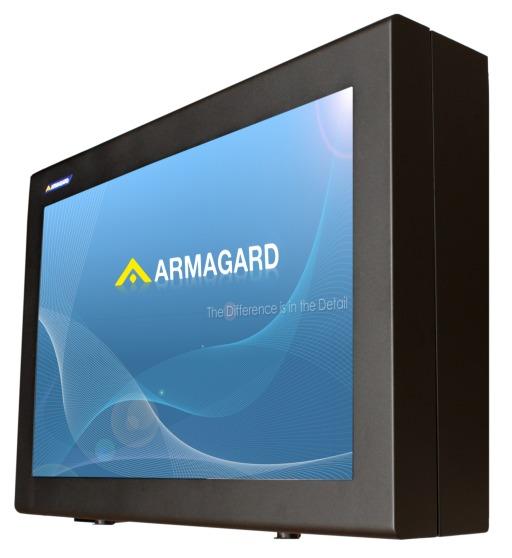Evaluating the Life-span of a Digital Signage Screen
Posted by: Richard Williams | Posted on: | 0 Comments
One of the most difficult things about digital signage is evaluating the cost of a deployment and the true return on any investment, especially for advertisers. Unlike other advertising, where accurate audience figures, demographics and other feedback can be delivered to advertisers, digital signage success can be vague at the very best.

LCD Enclosures provide comprehensive outdoor protection
And when it comes to the cost of deployment, not are only are there the initial costs of the digital signage screen, networking, installation, software management and developing content, but there can be a lot of hidden costs too: Repair, maintenance and replacing screens are often areas not thought about during initial proposals for projects, but these costs can soon mount up.
Digital Signage Screen Life
All screens, whether commercial grade or consumer grade will have a limited lifespan. While the old CRT TVs could often to run for decades (well my trusty portable did, anyway) before expiring, the same cannot be said for modern LCDs and plasmas.
The lifespan of a modern flatscreen is measured by a half-life, when the screen’s dims to half its original brightness. With LCDs, while the actually display itself could perhaps run for decades, the TV’s half-life is governed by the backlight. And depending on what system provides the backlight (LEDs seem to have the longest life), a typical LCD display will last between 30,000-80,000 hours before the screen reaches its half-life, with commercial grade screens at the higher end.
Plasmas have less longevity with the plasma/gases powering the image decaying over time, providing a half-life perhaps half of that of LCDs, which is one of the reasons that plasmas are utilized less than LCDs for digital signage.
Factors that Shorten Digital Signage Screen Life
Unlike consumer TVs, which operate for a limited period each day, depending on how much programming we watch, digital signage screens are typically left on 24 hours a day. And unlike consumer TVs, which operate in the warmth and comfort of our homes, the locations where digital signage has to operate can affect life-span too.
All screens are designed to operate under set parameters. Variable temperatures, pollution, bright light, exposure to the elements and the shock of impacts, all have a dramatic effect on a screen’s life, severely shortening the intended life-span; however, by minimizing these variables and keeping the screen as near to the manufacturers optimum conditions as possible will ensure you get the most out of your screen; saving money in the regularity a screen has to be replaced.
LCD Enclosures – Perfect Environments for Digital Signage Screens
LCD enclosures are commonly used for outdoor digital signage and information screens in drafty concourses and manufacturing facilities as they weatherproofing and a ruggedness essential in these conditions; however, LCD enclosures also contain environmental systems such as air-filters, cooling fans, heaters (in cold areas), anti-glare screens—all ensuring the internal conditions of the LCD enclosure are the optimum for a screen to operate in, helping to the maximum the life-span of the screen, and ultimately saving money.
Post shortlink:
Popular Products
LCD Enclosure
Need armor for your LCD/LED screen(s)? Outdoors or inside the versatile LCD enclosure protects against thieves, vandals & the weather. Installation idea: NFL stadiums.
Outdoor Digital Signage
Exclusive 46” outdoor screen protection. Dubbed the ‘Totem’, due to its distinct design, it repels damage threats, but attracts audiences. Installation idea: Drive-thru restaurants.
Portrait Flat Panel Enclosure
Safeguard your eye-level advertising display screen(s), indoors or outdoors. Completely customizable, add exciting features like touch screen technology. Installation idea: Restaurant frontages.
Indoor Digital Signage
Popular purchase for retail outlets! Great for ‘point of sale’ persuasion, boost your brand with static & motion advertising from a single unit! Installation idea: Mall of America.




